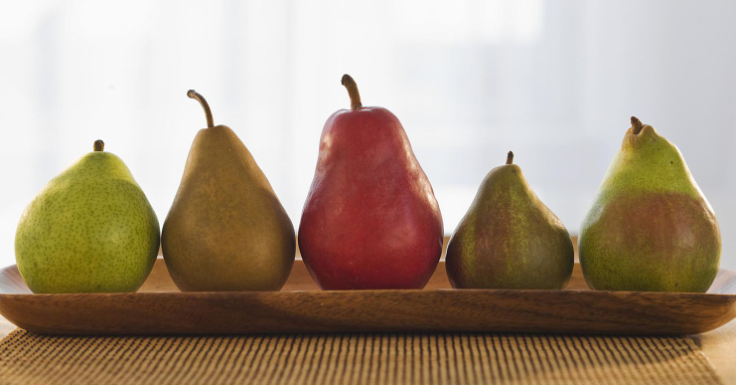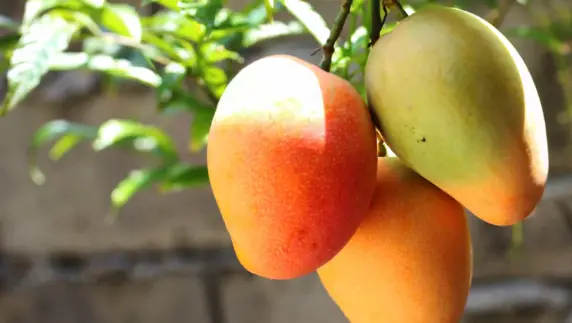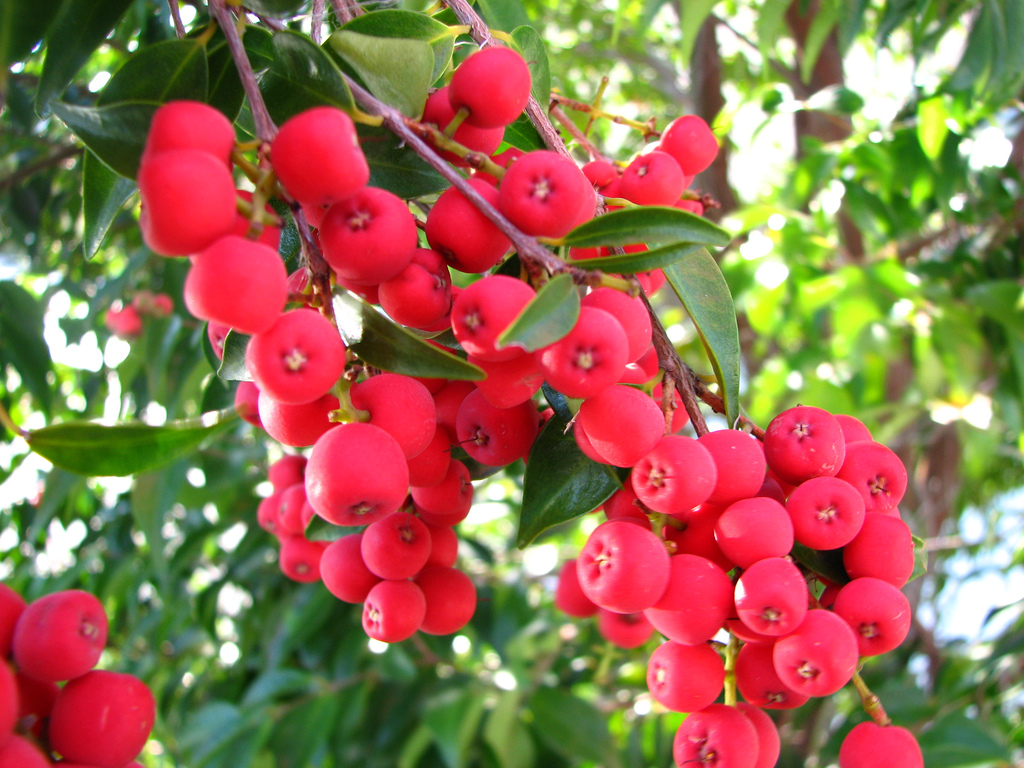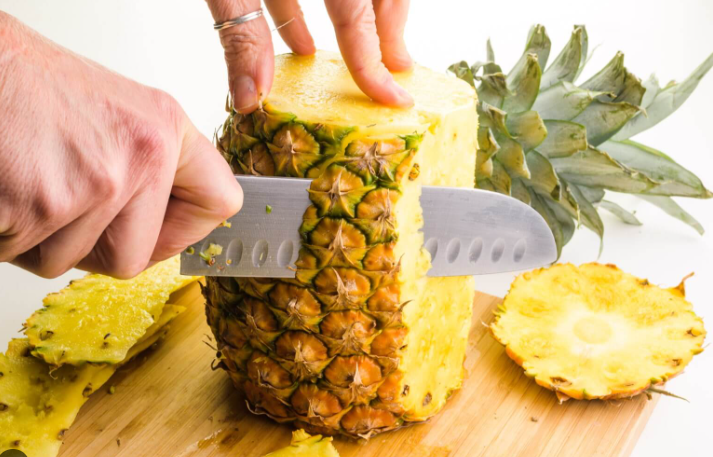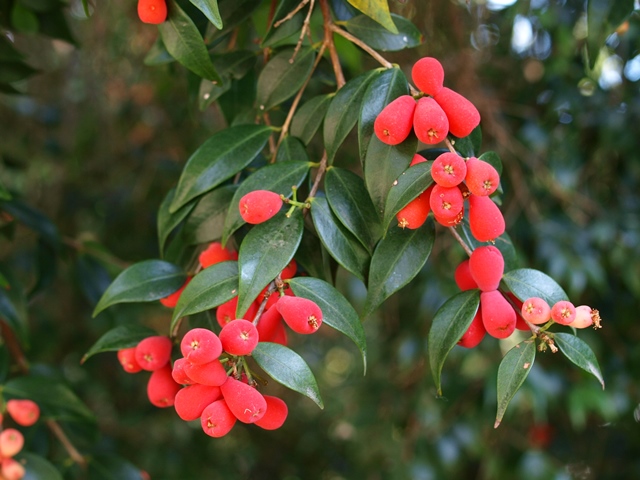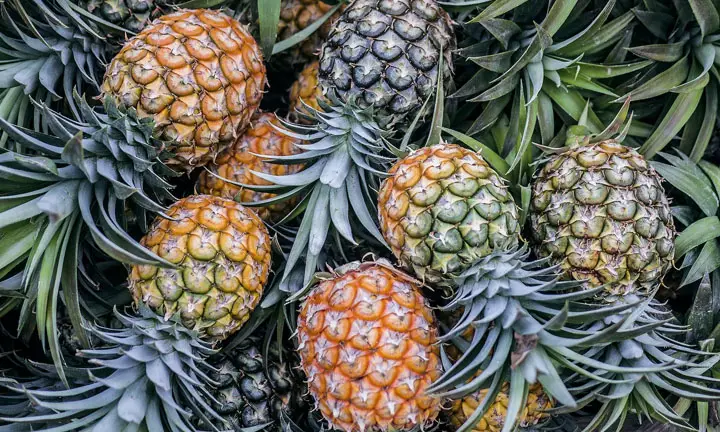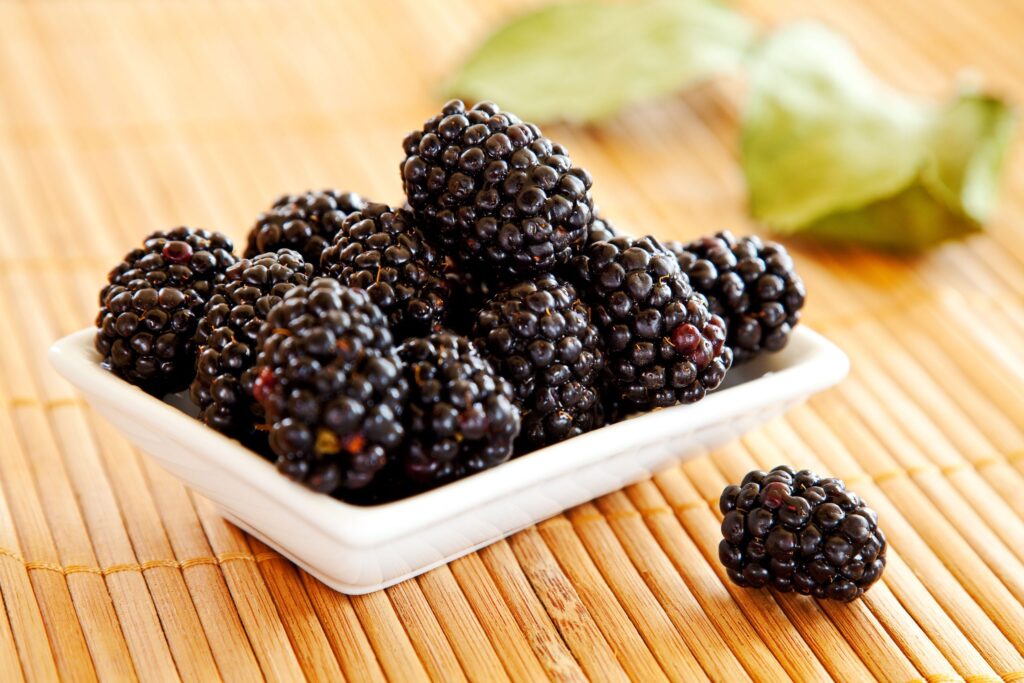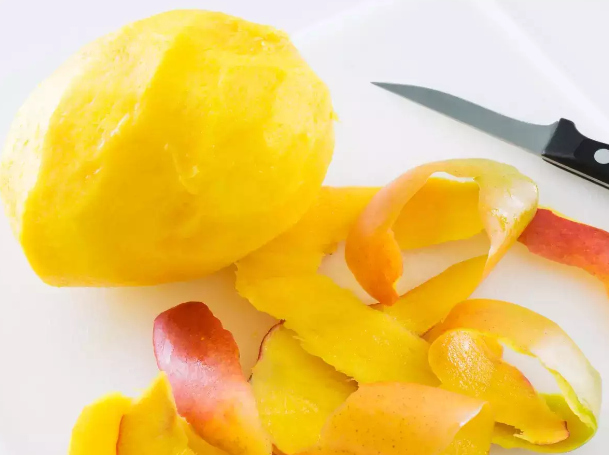Understanding what counts as a fruit and what counts as a vegetable can be tricky. People often think that if a food has seeds, it must be a fruit. But is that true? Let’s look at what makes a fruit and a vegetable different, and see if all foods with seeds are really fruits.
Table of Contents
Why Seeds Matter for Plants
Seeds are very important for plants to make more plants. When a flower is pollinated, the ovary of the plant gets fertilized. This ovary grows into a fruit, which has seeds inside. In science, a fruit is the mature ovary of a flower and any other parts that are attached to it.
Fruits help protect the seeds and spread them so new plants can grow. This means seeds are a key part of what fruits are. But not all things with seeds are exactly what we think of as a typical fruit.
What Makes A Vegetable A Vegetable?
In the kitchen, vegetables are the parts of plants that we usually use in savory, or not sweet, cooking. Vegetables are often not very sweet. Instead, they have a heartier taste.
We eat lots of plant parts as vegetables, like leafy greens (like lettuce and cabbage), stems (like celery), roots (like carrots and turnips), tubers (like potatoes), bulbs (like onions) and other parts that aren’t sweet.
This means that vegetables come from the parts of plants that grow, but not from the parts that make seeds. So in terms of science, vegetables aren’t the same as fruits.
Veggies With Seeds
Even though we think of them as vegetables, these foods have seeds:
- Beans – Like string beans and lima beans
- Peas – Including garden peas and snap peas
- Corn
- Tomatoes
- Cucumbers
- Squash – Like pumpkins, acorn squash, and summer squash
- Peppers – Including bell peppers, chili peppers, and sweet peppers
If we go by science, all these plants with seeds are counted as fruits because they come from the flower’s ovary after it has been fertilized. But in cooking, we treat them as vegetables because they taste more savory.
Even though seeds usually mean a plant is a fruit in science, when we cook, it’s not enough to call a food a fruit. We also think about how it tastes and feels.
Some Fruits Don’t Have Seeds
It’s interesting to know that not every fruit actually has seeds. Some fruits like bananas, grapes, oranges, and watermelons can be grown without seeds. We’ve made these fruits through farming tricks and choosing special plants.
These fruits are grown without seeds by using methods like cutting and planting a piece of the fruit tree instead of planting seeds. This shows that a fruit doesn’t have to have seeds to be a fruit.
How Do We Decide?
Deciding if a food is a fruit or a vegetable isn’t just about whether it has seeds. Fruits have seeds and are the part of the plant that holds the seeds. But when we cook, we use the taste to tell them apart. Foods like tomatoes, cucumbers, and squash are really fruits because that’s where the seeds are. But their taste tells us to use them like vegetables in the kitchen.
So while seeds can point to a plant being a fruit, we don’t only use seeds to decide what’s a fruit and what’s a vegetable when we’re cooking. The way food tastes, feels, and how we use it also helps us figure out if it’s a fruit or a vegetable, or something else like a grain. Knowing these details helps us enjoy all the different kinds of food we eat.
Important Points:
- Seeds matter to plants for growing new ones, but not every food with seeds is seen as a fruit in the kitchen.
- Vegetables are the parts of a plant we eat that don’t make seeds. But it’s possible for vegetables to have seeds, too.
- Some usual vegetables like tomatoes, squash, and peppers have seeds, which means they’re fruits in science but not in cooking.
- We use the taste and how the food is used in cooking to tell if it’s a fruit or a vegetable, not just if it has seeds.

